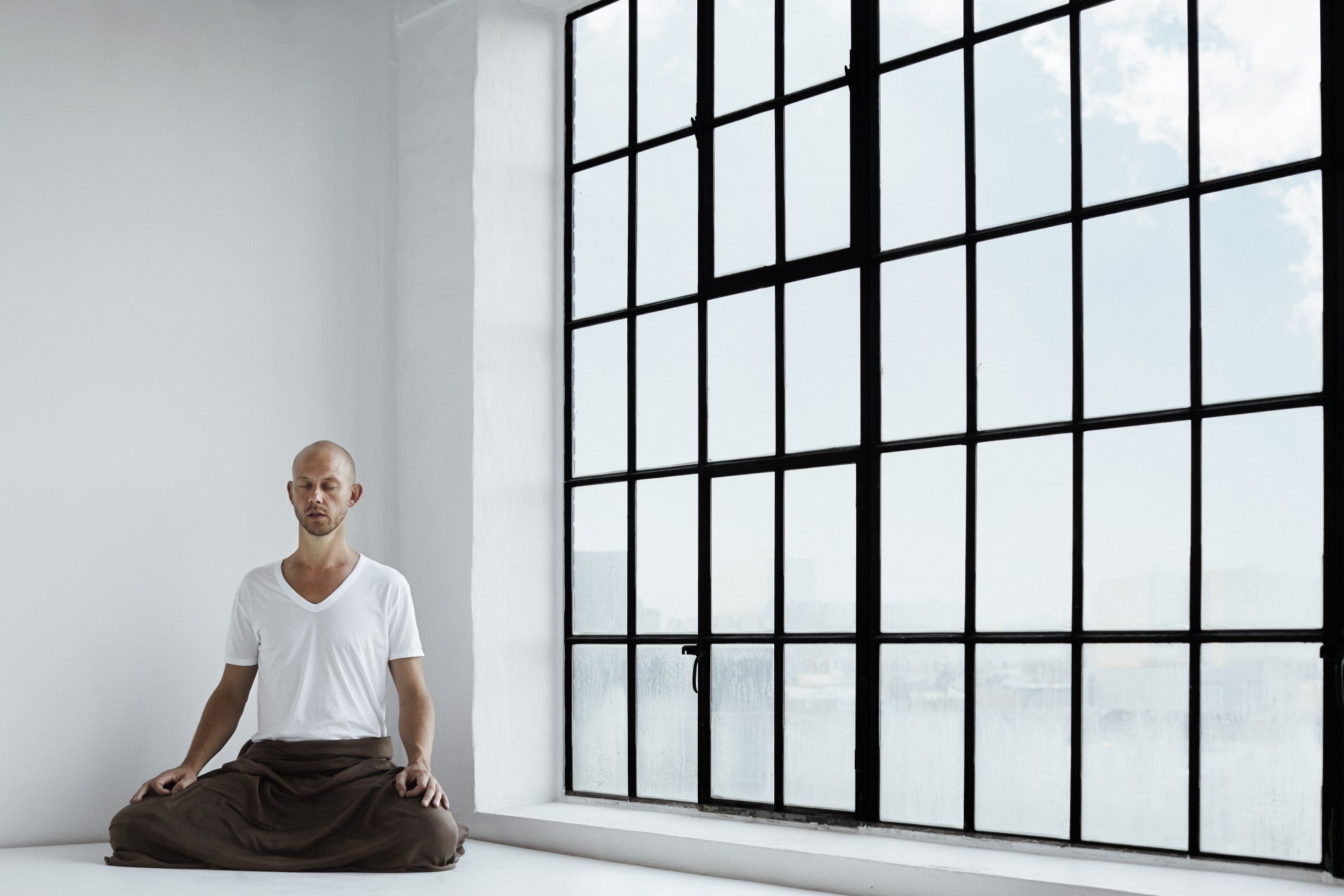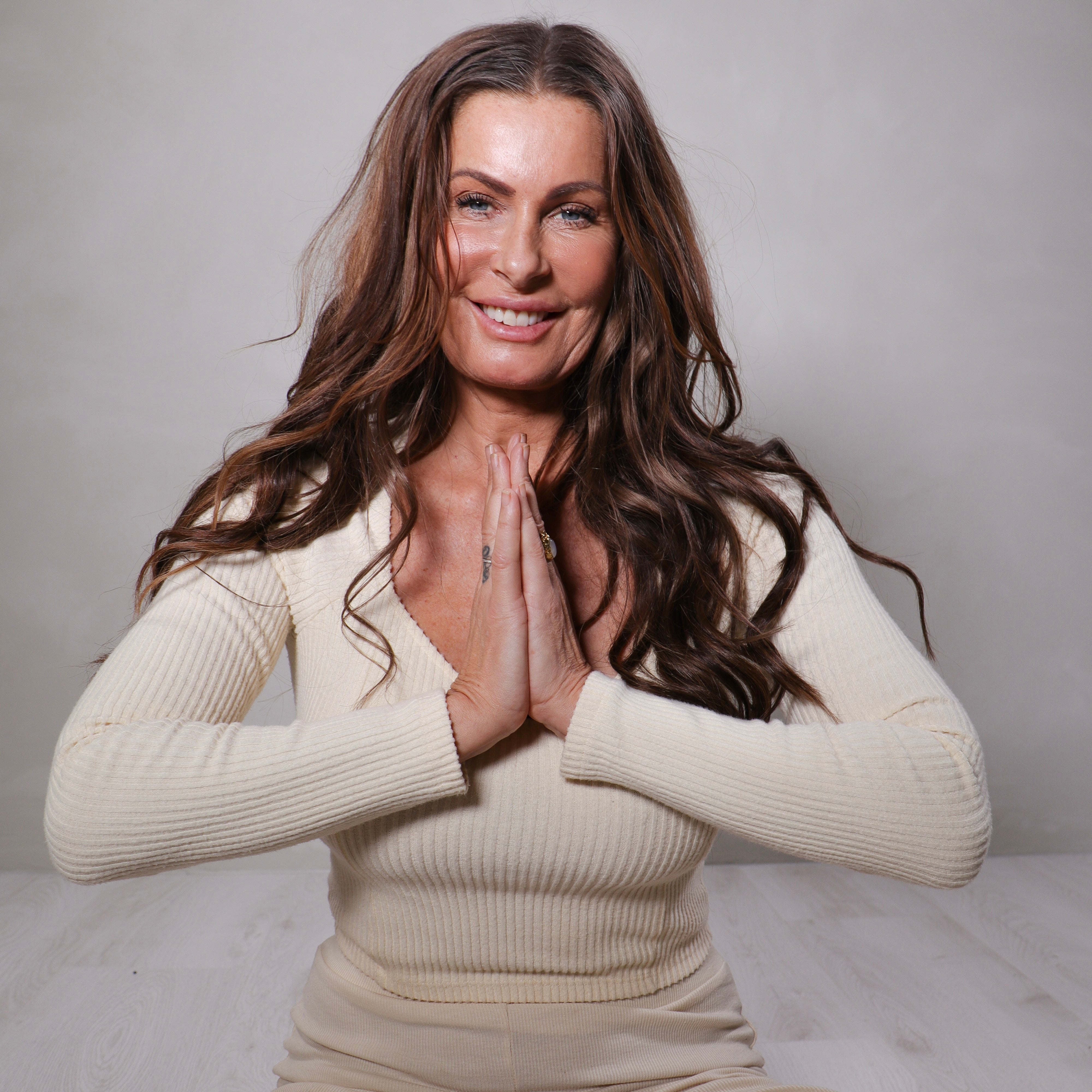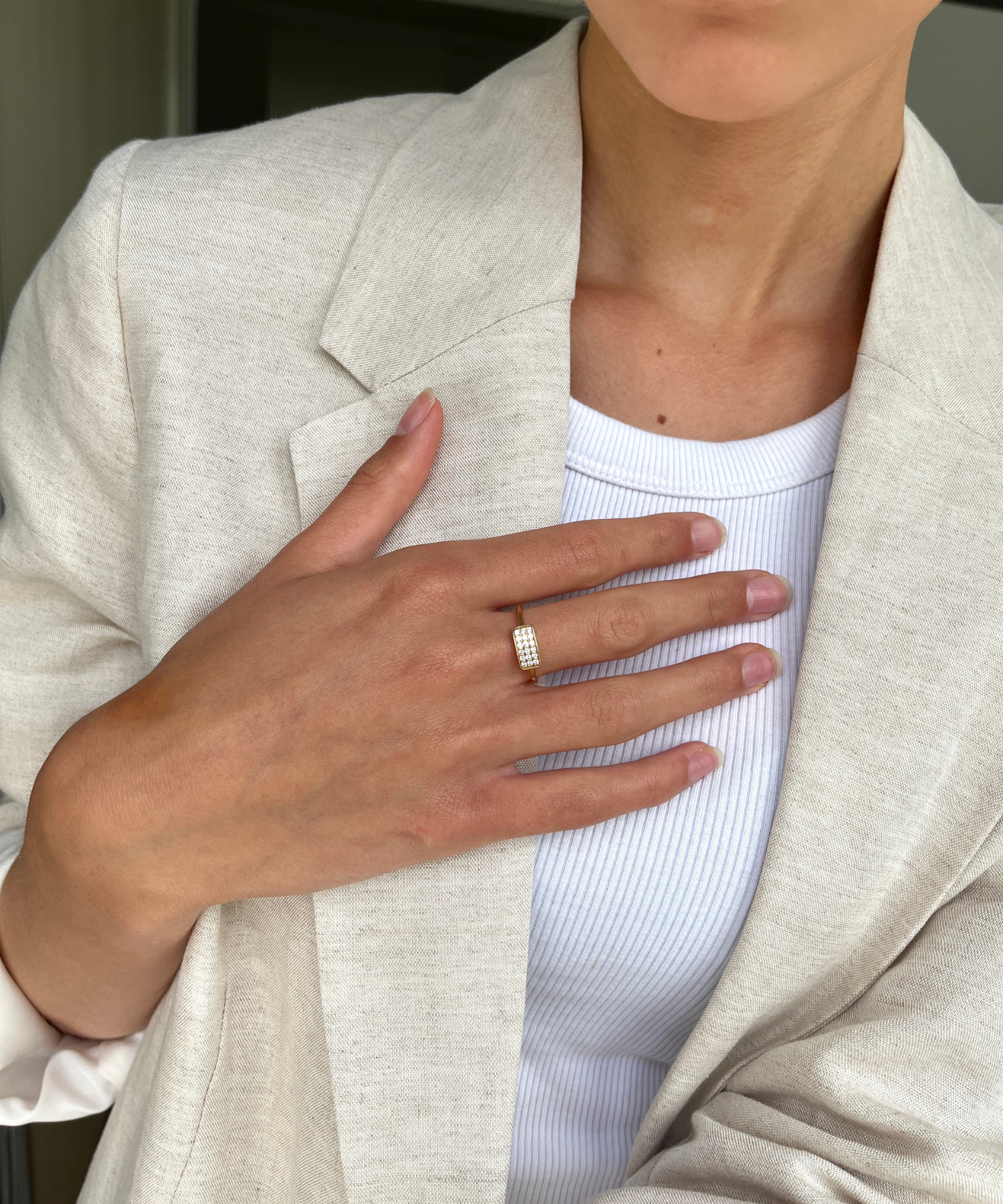Simon Krohn: Pusteteknikker
Simon Krohn er utdannet yogalærer og bor på Nørrebro i København. Han var den første personen i Danmark som ble sertifisert på høyeste nivå i Yoga Alliance. Han har en mastergrad i filosofi med fokus på indisk filosofi og studerte et år ved Banaras Hindu University i India. Simon er utdannet kroppsterapeut og har deltatt i flere helsevitenskapelige forskningsprosjekter, både som prøvemateriale og som konsulent. Han har undervist i yoga, meditasjon og pusteteknikker i mer enn 20 år og er en av landets mest ettertraktede yogainstruktører.
Ofte regnes pusting som den raskeste måten å påvirke vår tilstand på. Les videre for å lære mer om hvordan du kan bruke pusteteknikker til å skape fred og harmoni.

Hvordan påvirker pusten vår sinnet?
Pusting påvirker sinnet på to måter. For det første vil pusting påvirke det autonome nervesystemet direkte via en nerve kalt vagusnerven. Å puste gjennom munnen, for eksempel, vil stimulere den delen av det autonome nervesystemet som øker våkenheten og gjør kroppen klar til kamp eller flukt. Omvendt vil pusting gjennom nesen ha en beroligende effekt. Det samme gjelder for dine inn- og utpust. Hver gang du puster inn, øker det våkenheten, mens utpusting roer deg ned. Derfor, hvis du har for vane å puste gjennom munnen med lengre innpust enn utpust, vil det holde både kroppen og sinnet i en tilstand av rastløshet, antagelig mest på grunn av vagusnerven.
Den andre måten pusten påvirker sinnet på er gjennom et senter i hjernen kalt amygdala. Amygdala overvåker både ytre og indre stimuli og reagerer gjennom assosiasjon. For eksempel vil dramatisk og rastløs pusting bli assosiert med fare og sende beskjed til det autonome nervesystemet om å øke våkenheten og reagere følelsesmessig. I motsetning til vagusnerven er måten amygdala reagerer på pusteteknikker noe individuelt. Noen kan assosiere hyperventilering med lek, mens andre assosierer det med angst.
Vagusnerven og amygdala skaper et tydelig mønster: Puster du anspent og rastløst, vil du holde deg i en slik mental tilstand, så det er lurt å følge nøye med på pustevanene. Hvis du for eksempel puster høyt i brystet, er det lurt å stoppe opp og minne kroppen på hvordan å puste dypt i magen.

Hvordan kan vi bruke pusten til å oppnå indre ro og harmoni?
Pusting er ofte ansett som den raskeste måten å påvirke vår tilstand på, og det finnes mange gode pusteteknikker tilgjengelig. Å puste dypt og rolig i fire til fem minutter gir en beroligende effekt på de fleste. Mange opplever også en følelse av økt ro og harmoni ved å ligge på gulvet med en bolster under knærne og en varm sandsekk på magen. Dette får kroppen til å puste dypt ned i magen, og amygdala assosierer vanligvis dette med trygghet. En annen teknikk er å forlenge utpustingen slik at den blir dobbelt så lang som innpustingen. Hvis du kan puste komfortabelt på denne måten i omtrent fem minutter, blir den beroligende effekten på kropp og sinn tydelig.
Imidlertid er det viktig at vi ikke føler at vi må konstant holde styr på pusten vår. Det er viktig at pusten generelt får lov til å gå av seg selv. Kroppen er mye bedre egnet til å puste enn vi er. Teknikkene er derfor gode å bruke som en slags input for kroppen, og når du har gjort dem, kan du bare la kroppen puste naturlig igjen.

Følelsen av Inner Peace kan være mange ting – Hva betyr Inner Peace for deg?
For meg er Inner Peace en tilstand hvor sinnet har funnet ro, og hvor jeg merker at følelsen av å være aktiv og travel har forsvunnet. Det er en behagelig tilstand av ro, men det beste er hva det gjør med mitt forhold til verden. Når jeg opplever Inner Peace, merker jeg også at jeg blir betydelig mindre selvopptatt. Da er det ikke lenger like viktig hvor mange som melder seg på mine arrangementer, og det spiller mindre rolle hva andre tenker om meg. Når det skjer, føles det som om jeg ikke lenger hindrer meg selv i å føle verden. Plutselig kan jeg åpne meg. Plutselig legger jeg merke til farge, lyder og mennesker rundt meg. Jeg er ganske enkelt på samme bølgelengde som omverdenen. Jeg elsker dette fenomenet, og jeg blir stadig mer oppmerksom på hvor utilstrekkelig og ensomt det føles når jeg i hovedsak fokuserer på meg selv.

Hvordan holder du deg rolig i løpet av en hektisk arbeidsdag?
Jeg mener det er urealistisk å forvente at man skal holde seg rolig i en hektisk hverdag. Kroppen og sinnet er programmert til å øke årvåkenheten når vi er opptatt og utfordrer oss selv. Jeg mener faktisk at det er en uunngåelig del av å leve et spennende liv der vi setter oss nye utfordringer. Problemer kan imidlertid oppstå hvis årvåkenhetsnivået er for høyt eller hvis vi ikke klarer å finne roen igjen. Begge deler kan føre til mye lidelse, og derfor vil jeg anbefale at man har en daglig praksis med beroligende teknikker. Personlig setter jeg av litt tid hver dag til å regulere det autonome nervesystemet mitt grundig, slik at jeg oppnår en tilstand av Inner Peace.
Som yogainstruktør har jeg et stort repertoar av beroligende teknikker, men jeg ønsker å dele en teknikk som fungerer godt for de fleste. Du legger deg på gulvet med beina opp mot veggen og en bolster under setet. Denne posisjonen har en beroligende effekt av flere grunner. Først og fremst øker den blodtrykket til hjernen, og når dette skjer, vil kroppen reagere ved å senke intensiteten. Videre fører posisjonen vanligvis til at pusten går dypere ned i magen. Hvis du ligger i denne posisjonen i omtrent fem minutter og puster dypt og rolig mens du kjenner bevegelsen i magen, vil du sannsynligvis føle deg betydelig roligere.
Les mer og finn Simons bok her: www.mindyourself.dk












